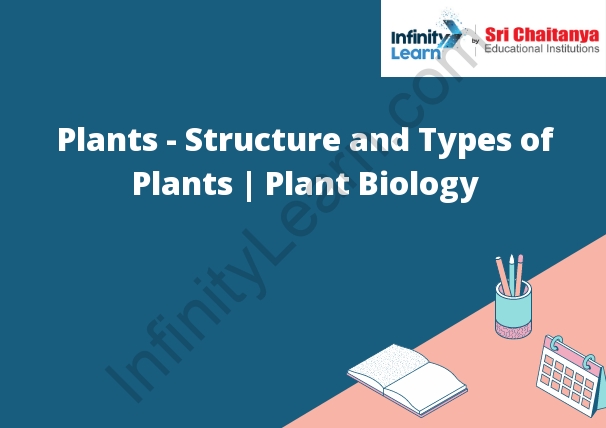Plant Biology – Structure and Types of Plants;Plant Cells
Plants are able to create their own food through photosynthesis. The process of photosynthesis requires light energy which is converted into organic matter.
Plants are composed of various parts that allow them to carry out photosynthesis, grow, and reproduce. The root system of a plant anchors it in the soil and absorbs water and minerals. The stem of a plant transports water and minerals up to the leaves and provides support. The leaves of a plant are where photosynthesis occurs. The flowers of a plant are necessary for reproduction.
Plants are composed of two types of cells: meristematic cells and permanent cells. Meristematic cells are located in the tips of the roots, stems, and leaves. These cells are capable of dividing and creating new cells. Permanent cells are located in the roots, stem, and leaves and are not capable of dividing.

Plants are a group of multicellular photosynthetic eukaryotes that inhabit almost every terrestrial and freshwater environment on Earth. The distinguishing feature of plants is that they possess specialized cell types that allow them to carry out photosynthesis. The cells of plants are organized into tissues, which are in turn organized into organs.
Plants are distinguished from other photosynthetic eukaryotes, such as algae and protists, by their unique cell types. The cells of plants are organized into tissues, which are in turn organized into organs. The three main types of plant cells are:
1. Epidermal cells: These are the cells that make up the outer layer of the plant. They are responsible for protecting the plant from environmental factors, such as wind and water.
2. Mesophyll cells: These are the cells that make up the bulk of the plant. They are responsible for photosynthesis and the storage of food.
3. Root cells: These are the cells that make up the root of the plant. They are responsible for the uptake of water and minerals from the soil.

